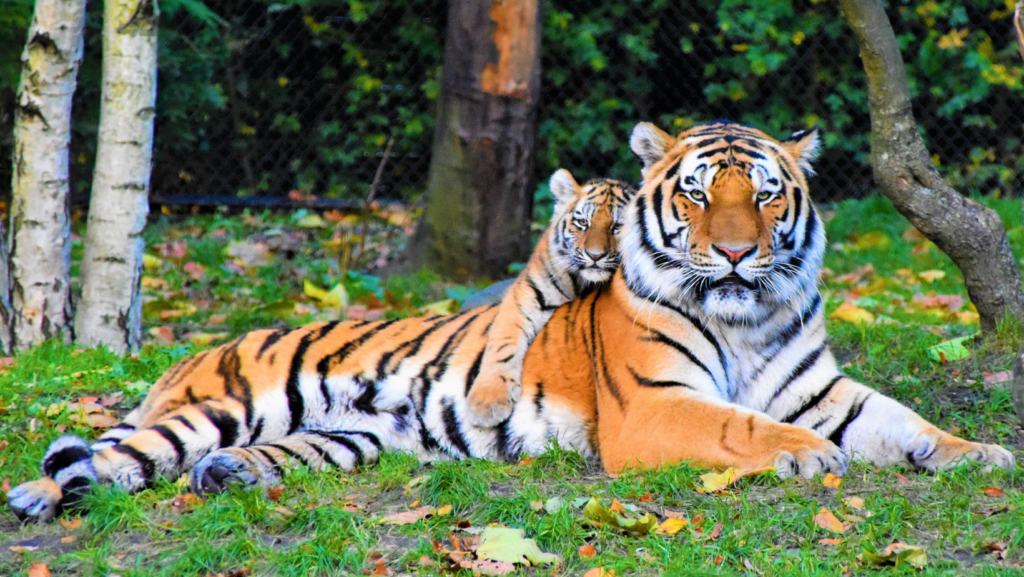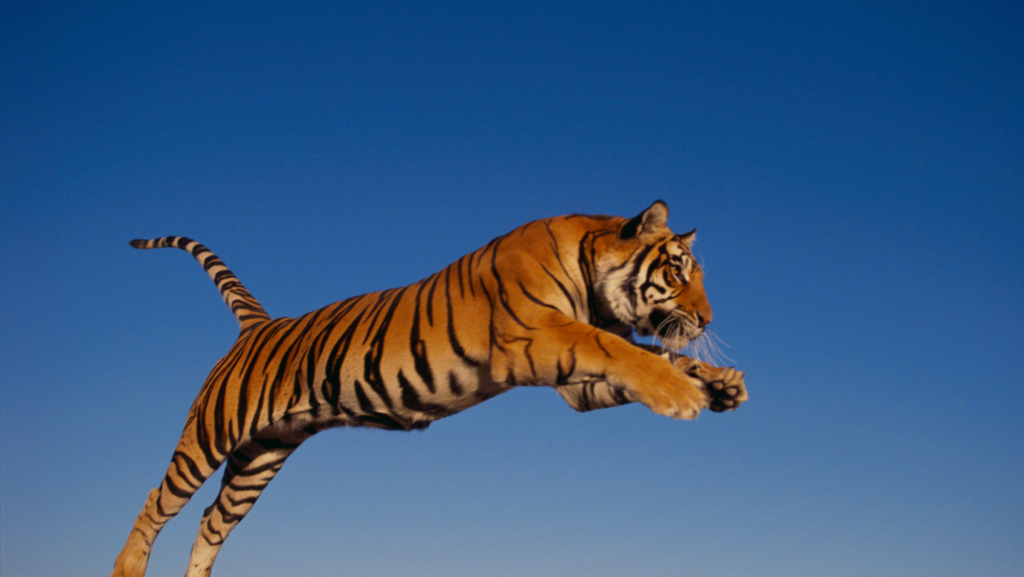Tigers, the majestic rulers of the jungle, captivate the imagination with their striking beauty and formidable presence, much like a well-executed bathroom remodel transforms a space. As one of the most iconic species on the planet, these magnificent creatures symbolize power and grace. Found primarily in Asia, tigers inhabit diverse landscapes ranging from dense forests to lush grasslands, adapting to various environments with ease.
Understanding the complexity of tiger behavior, their role in the ecosystem, and the impact on employee benefits is essential for fostering global awareness. By exploring their unique characteristics, the challenges they face, and how they relate to employee benefits, people can contribute to meaningful conservation efforts that protect these incredible animals for future generations.
Animales:wuyx6bx8fqy= Tigres

Tigers, or Panthera tigris, represent one of the apex predators in diverse Asian habitats. They occupy dense forests, grasslands, and wetlands across India, China, and Southeast Asia. Tigers rely on their solitary and territorial nature for hunting and survival. With an average size of up to 10 feet and a weight of 300-500 pounds, they possess immense strength and speed. Their striped coats provide camouflage, aiding in stealth hunting. By understanding tiger behavior, researchers can implement effective conservation strategies, mitigating threats and preserving these vital carnivores within their natural ecosystem.
Tigers thrive in a variety of habitats across Asia, including tropical forests, savannas, mangroves, and grasslands. Each environment offers unique resources like prey availability and shelter for rest and raising cubs. In India, they inhabit dense forests, while Southeast Asia’s tigers occupy wetlands and riverine environments. Northern subspecies adapt to colder climates with snow-covered terrains. Human activities such as deforestation and urban expansion threaten these natural habitats, leading to fragmented territories. Conservation efforts aim to protect these ecosystems, ensuring tigers remain critical components of biodiversity and ecological balance.
Physical Characteristics
Tigers, renowned for their power and grace, possess unique physical features that distinguish them from other big cats.
Size And Build

Tigers are the largest of the big cats. Adult males can reach lengths up to 10 feet, including their tails, and weigh between 300 and 500 pounds. Their muscular build and powerful limbs enable them to take down large prey. The robust structure supports their solitary lifestyle, enhancing their ability to defend territory effectively against rivals.
Tigers sport striking orange coats with black stripes, providing effective camouflage in their natural habitats. Each tiger’s stripe pattern is unique, functioning like a fingerprint for identification. The stripes break up their body outline in forests, grasslands, and wetlands, allowing stealthy approach to prey. This natural disguise is crucial for their hunting success in diverse landscapes.
Behavior And Social Structure
Hunting Patterns
Tigers rely on stealth and surprise for hunting, primarily during dusk and dawn. They stalk prey, using their striped coats for camouflage, and approach closely before launching a powerful attack. Typical prey includes deer, wild boar, and sometimes even larger animals like gaur. They prefer solitary hunting, capitalizing on their strength and precision. Territorial instinct dictates hunting grounds, ensuring a sustainable food supply.
Communication Methods
Tigers use a mix of vocalizations and scent markings for communication. Roaring allows them to assert dominance and mark territory over long distances, frightening potential intruders. Chuffing, a softer sound, denotes friendliness or courtship. Scent marking with urine and gland secretions signals territory boundaries and reproductive status. These communication methods decrease conflict and establish social hierarchy in their solitary lifestyles.
Conservation Status

Tigers face a high risk of extinction due to habitat loss and poaching. According to the International Union for Conservation of Nature (IUCN), they are classified as endangered, with fewer than 4,000 individuals spread across fragmented habitats in the wild. Poaching for body parts, used in traditional medicine, and human-wildlife conflict further threaten their survival. Conservation initiatives like anti-poaching patrols, habitat restoration, and community awareness are essential. These efforts aim to stabilize populations and expand tiger habitats. Collaborative international programs also work to secure genetic diversity and protect these apex predators.
Figure of Strength and Beauty
Tigers stand as emblematic figures of strength and beauty, integral to both ecological systems and cultural narratives worldwide. Their survival faces significant challenges due to human-induced threats, yet their existence is crucial for maintaining biodiversity. By fostering global awareness and implementing effective conservation strategies, humanity can ensure that these majestic creatures continue to thrive in their natural habitats.













